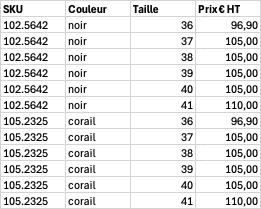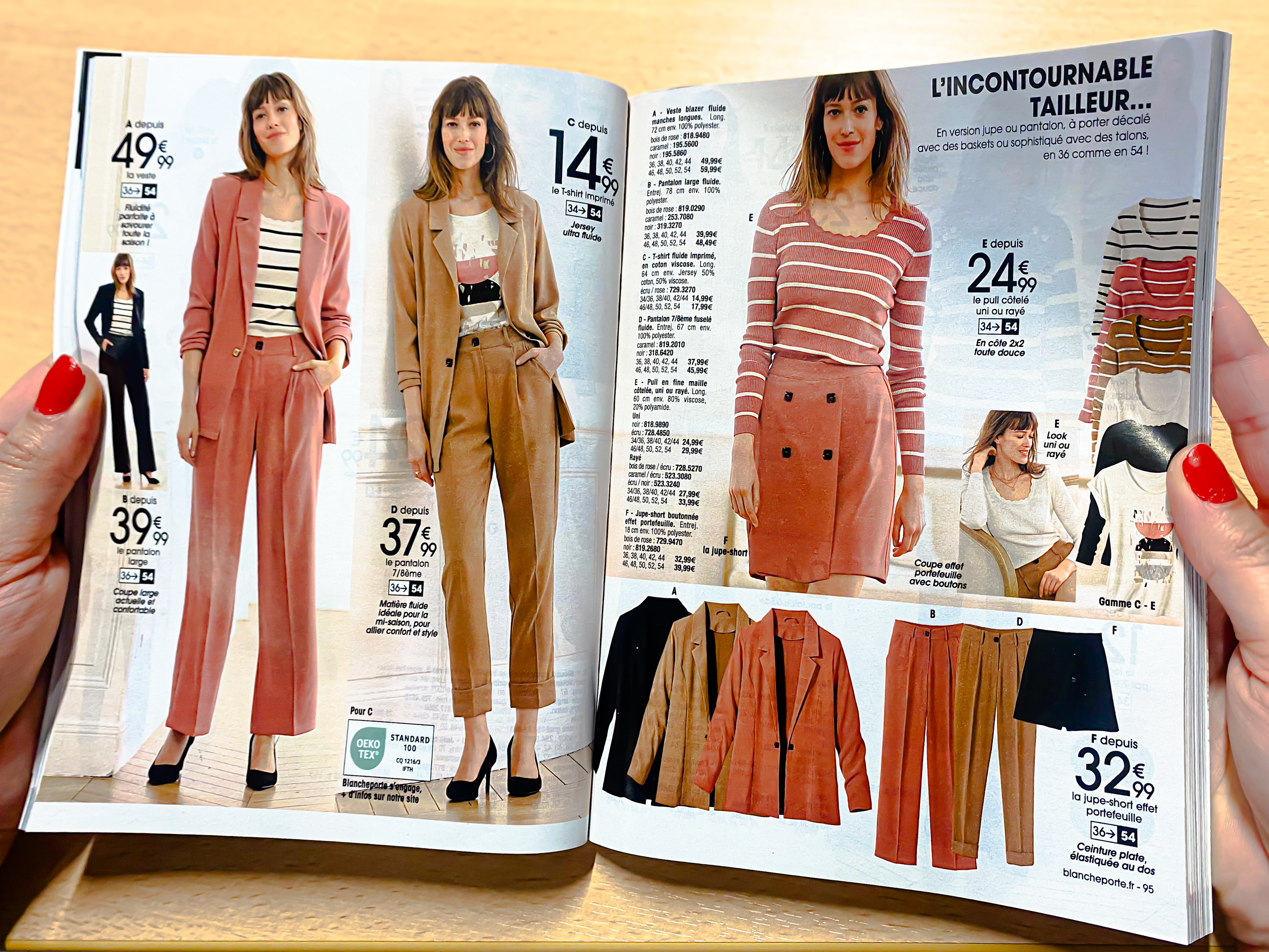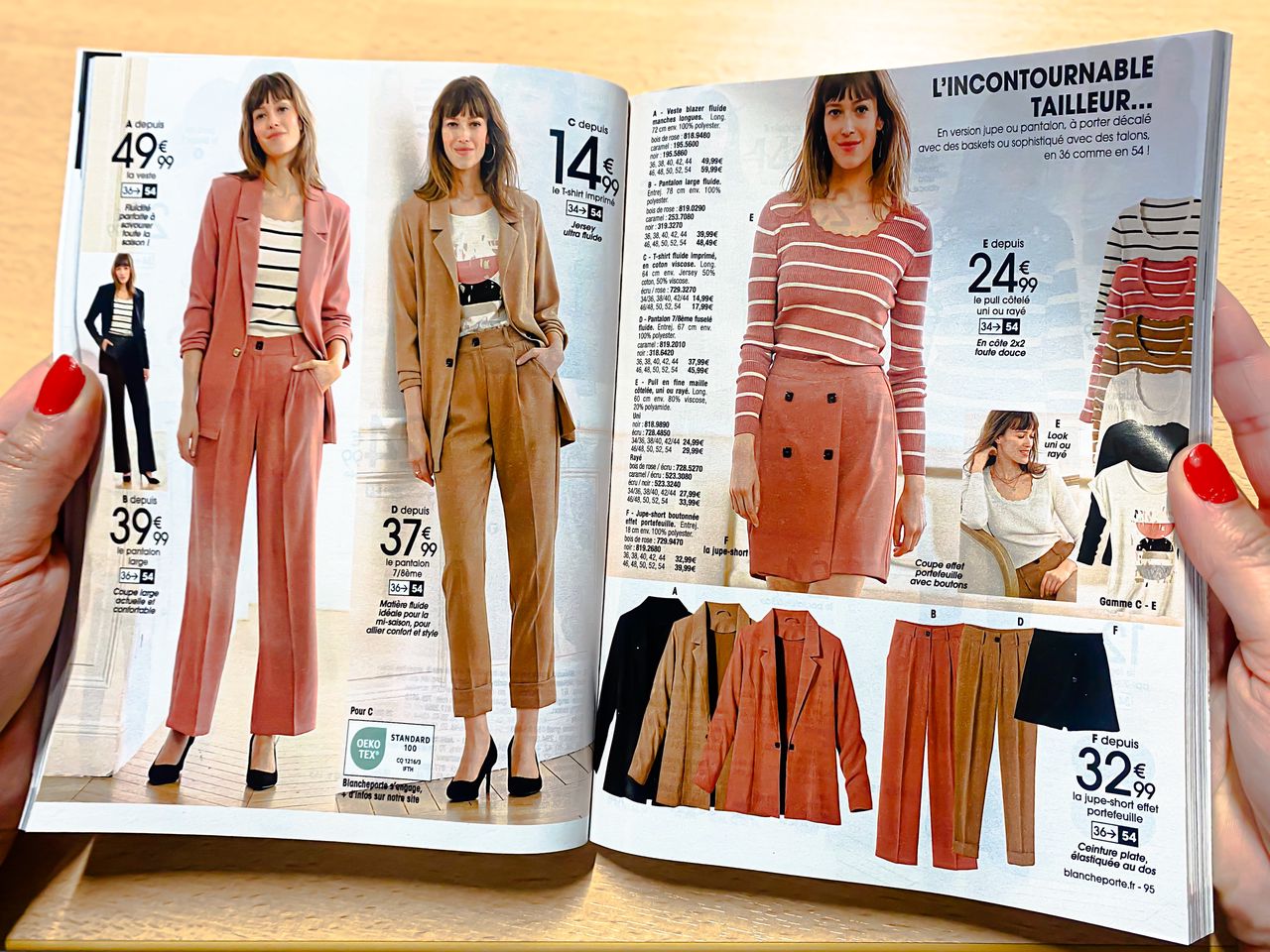In the B2C world catalogues play a key role as a communication and sales tool. They enable companies to present their offers clearly and attractively. Among the key elements of an effective catalogue, images are crucial in attracting customers’ attention and arousing their interest. Placing visuals, such as ambiance photos and product images, at the forefront is essential but can be challenging. However, economic reality requires limiting the number of pages, which means optimizing the space assigned to product information to leave as much room as possible for images. Optimizing layout options can be achieved thanks to table-based presentation.
The balance between tables and images
Tables are indispensable tools for presenting structured information such as order numbers, sizes, available colors, and prices. The key is to design tables that are compact but clear, take up as little space as possible, yet are easy to read and understand. This requires careful layout and prioritization of information to ensure that essential data remains accessible without reducing the graphic impact of product images.
What’s the purpose of a table?
In practical terms, a table displays a long list of product references to best manage the limited space of a catalogue page according to the criteria chosen for the publication. For example:
A detailed list of product references
From the following data set:

Different presentation options
Data can be organized in a table in different ways according to the
space available on the page. Here is an example:
 Or this way
Or this way
 Please note: These tables have been generated automatically with our solution!
Please note: These tables have been generated automatically with our solution!
The J2S solution: Table automation
Creating a catalog is a time-consuming process, as items can be added or removed, and prices may change while the layout is still being developed. To address this challenge,
J2S provides advanced automation solutions for InDesign and InDesign Server that streamline the updating and creating tables in catalogues.
Automation reduces manual work and the risk of errors, especially when updating prices during production.
Two examples of layouts made with Simple Workspace:
 And
And

In conclusion
Although the current trend focuses on using catalogues as a link to the e-commerce site, tables remain essential for enhancing the visual appeal of the catalog and helping customers through the purchasing process. Are you looking to create B2C catalogs? If you want to find an effective way to balance table size and image space, we would love to hear from you !

R. Loubéjac
Cofounder of J2S











